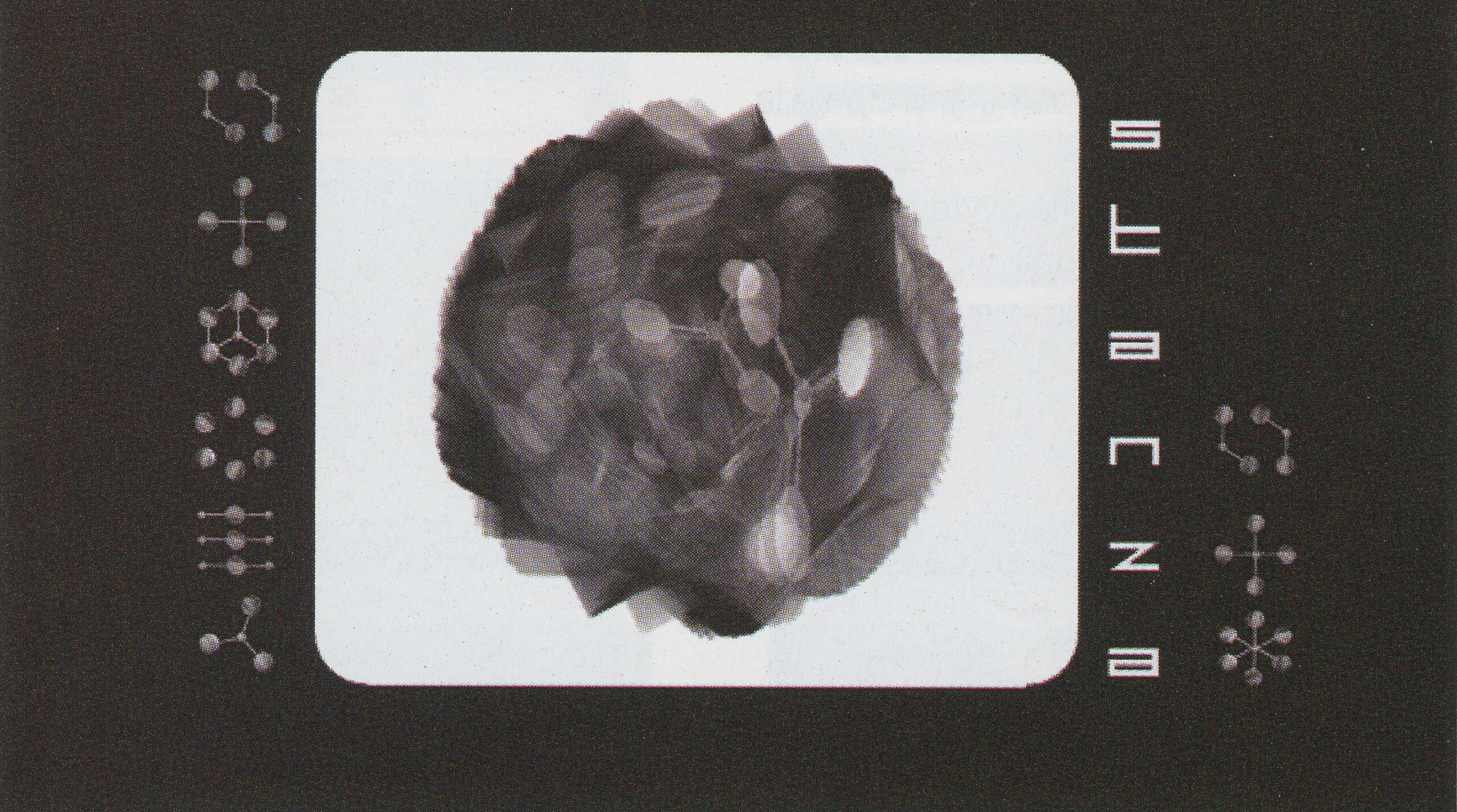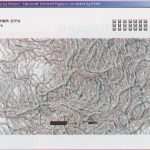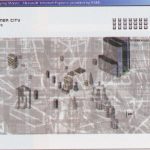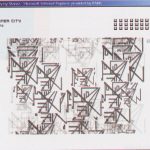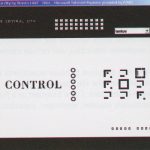Stanza: www.stanza.co.uk
Artist(s):
Title:
- www.stanza.co.uk
Exhibition:
Creation Year:
- 2002
Medium:
- Web Site
Category:
Keywords:
Artist Statement:
My idea was to develop analogies for the organic identity of the city as an urban community and make links with electronic networks and virtual communities. The work is a visual collage that reflects on certain themes within our urban consciousness. This is contrasted with man-made structures, as well as patterns and forms of urban design. The spaces are for dreaming, thinking, meditating, and transience. The form and content of my work is the visual world of the city and its structure: a visual labyrinth, a maze of circumstance. The city itself is always changing; it is always in flux. Each aspect of city life seems to demonstrate specific characteristics, which can be developed into individual parts of the labyrinth, making up the images that will be used. The city acts as a focus for community and as a territorial boundary to explore the world outside through virtual means.
I use the “urban metaphor” a lot in the work for obvious reasons. The nature of the Web as a network has a direct parallel to a real world metaphor of the city. I think of vast utopian cities, babel towers scarred with roads. Not unlike masses of cables, with packets of zeros and ones flowing through their veins. However I have always used the city as a central motif in my work.
The project itself has become a reservoir of texts, computer graphics, stills, video, and sampled sounds. All this forms a composite, a conundrum, a view of the city experience at the end of the twentieth century. The city itself is evolving. These themes have inspired the making of this piece.
Technical Information:
The Central City is comprised of a series of assets that include digital imagery, soundtoys, digital movies, and emergent net art. In essence, the city codes itself into a growing pattern, based on algorithmic patterns. Tools used to build such an environment include elements of HTML, Javascript, and could also incorporate Flash, Shockwave, and Java.
Process Information:
Towards the matrix. Grid city.
Giant cities paint a gloomy picture, of mass urban sprawl. The megalopolis is spreading upwards and everywhere; 70 – 80% of the populace now lives in cities worldwide.
The problem with cities is they seem to exist with laws of their own. My artistic intervention tries to look at the fragments of our experience of cities, that make up the whole city. The central city is a place that appears out of control, but that we try to control through design. The city as grids, and repetition, can appear sublime or it can confuse and appear prison like. In western art the grid is for painting-it is the very structure of western art-the grid is for the city. This grid is ever expanding to cover the whole surface, growing and crawling to the edges. The fascination of cities lies in their similarities and differences. Familiar forms, identities, and sounds are common to all cities, and yet each have special forms that separate and identify particular places and spaces. These online works represent spaces, they are idealized spaces. I don’t see The Central City as a simulation. In fact, I am not aiming for or particularly interested in simulation. I view the final evolution of the project as an experience, an online Internet experience, which can be viewed inside the white cube of the box that is the computer. The framework, the grid, that contains this work is the computer and the Internet: images of maps redrawing and reprocessing themselves. This lends the city a perpetual evolution, no single similar path need be followed.
My initial impulse for The Central City was to deconstruct a language of the urban and city environment, and to build it back up as an art image, to try to constitute both as a new form and new meaning. By placing oneself in the middle of this particular structure, the meaning or aesthetic experience is only encountered when you decide to move from any one place to the next. I use these small fragments as rhythms, to interact with the next part and evolve into something new. These parts are cells, or parts of a whole that generate themselves. The nature of the sounds and noise of cities varies in tone and language. A background rhythm may emerge. It mixes itself, and evolves. The city is its own music, constantly evolving, a beautiful composition of squeaks, clanks, and pulses. We are familiar yet distracted as it bombards our conscious slipstream. Yet the sounds grow, move, die, fade, and shift. They are out there all the time. The children, the cars, the drills, the animals, the micro sounds, the sounds of our bodies, the insides of our souls.
I am interested in the sounds of specific places, how sounds reflect this identity and re-impose characteristics back onto the location or environment. Cities all have specific identities, and found sound can give us clues to the people that inhabit these spaces, as well as provoking and stimulating our senses in a musical way. The sounds of language impose a rhythm with which the visual narrative can interact. The intention within newer sections of The Central City, is to create an audio visual experience that evokes place, both as literal description but also developed musical composition. These are the ideas that inform my new soundmaps series, and soundcity. Recent pieces that the user can control and manipulate through movement.
Other Information:
Images:
1-3: Inner City
4: The Central City: textus

